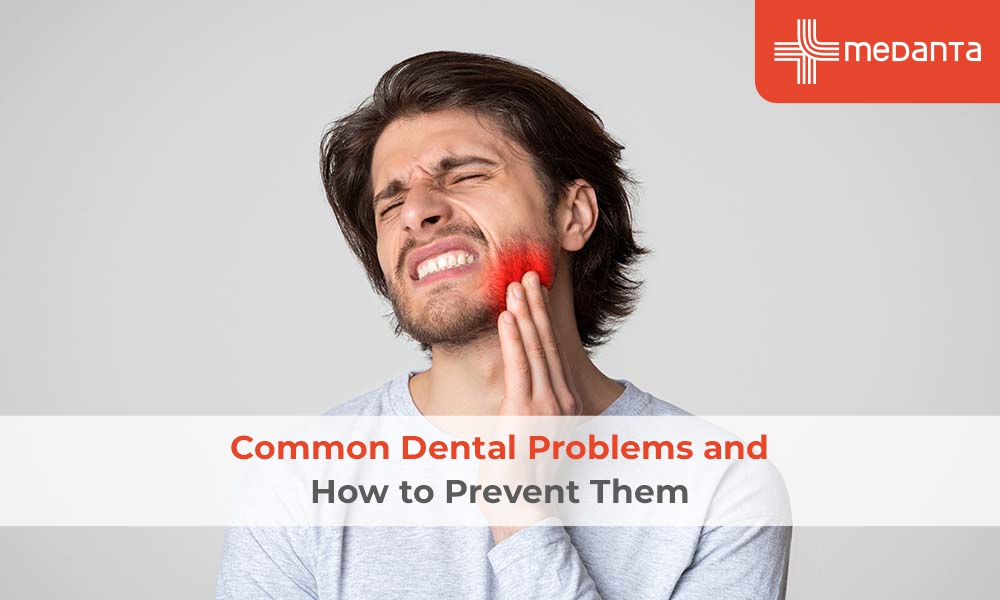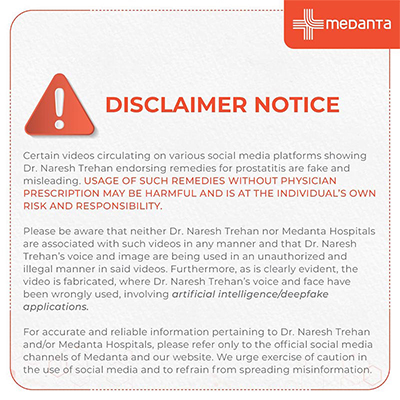Ways To Reduce Your Cancer Risk

TABLE OF CONTENTS
Cancer strikes more than millions each year globally, claiming over lakhs of lives. However, the most striking fact is that more than 40% of these cases could have been prevented.
From tobacco use causing 30% of cancer-related deaths to poor dietary choices contributing to half of all preventable cases, the factors that increase cancer risk are well-documented. Fortunately, this also means that people can take active steps to protect themselves.
Understanding and implementing cancer prevention strategies can significantly reduce the risk of developing this disease. These practical tips, backed by research and medical expertise, offer a clear path to lowering cancer risk through everyday choices and lifestyle changes.
10 Tips to Reduce Cancer Risk

Reducing your cancer risk is not about drastic lifestyle changes but rather adopting a series of healthy habits that can make a considerable difference. By incorporating these evidence-based tips into your daily routine, you can take proactive steps towards cancer prevention.
1. Eat healthy:
A balanced diet enriched in fruits, vegetables, and whole grains is a cornerstone of cancer prevention. Research shows that a diet high in plant-based foods can significantly diminish the risk of several types of cancer. To boost your cancer-fighting potential through nutrition:
Fill at least two-thirds of your plate with vegetables, whole grains, fruits, and beans. These foods contain ample antioxidants, which help repair cells and remove toxins from your body.
Limit your intake of red & processed meats. Studies have found that consuming 50g of processed meat daily increases colorectal cancer risk by 16%, while 100g of red meat daily raises the risk by 12%.
Include high-fibre foods in your diet. Fibre not only aids digestion but also helps you feel full longer, potentially assisting in weight management—another crucial factor in cancer prevention.
Choose lean proteins like fish & chicken and plant-based options such as tofu and legumes. These provide essential nutrients without the potential risks associated with red meat consumption.
Limit your intake of fast foods & processed foods high in unhealthy sugars, fats, or starches. These foods are often linked to weight gain, which is a risk factor for many cancers.
2. Exercise:
Physical activity is an effective tool in cancer prevention. Regular workouts help sustain a healthy weight and have direct cancer-fighting benefits. Studies have shown that individuals who engage in moderate-intensity physical activity for 3-4 hours a week have approximately a 10-20% reduction in cancer risk compared to sedentary individuals.
3. Maintain a healthy weight:
Maintaining a healthy weight is crucial in cancer prevention. Excess body fat has been connected with an increased chance of at least 13 different types of cancer. About 4-8% of all cancer cases are attributed to obesity.
4. Protect your skin:
Skin cancer is one of the most common types of cancer, but it's also one of the most preventable. The primary reason for skin cancer is exposure to harmful ultraviolet (UV) radiation from sunlight or artificial sources like tanning beds. Here's how you can protect your skin:
Seek shade, mainly between 10 AM and 4 PM, when UV rays are strongest. Even on cloudy days, UV rays can reach you, so don't let overcast weather lull you into a false sense of security.
Cover up with protective clothing. Wear long-sleeved shirts, long pants, and a broad-brimmed hat. Tightly woven fabrics offer the best protection.
Apply a broad-spectrum sunblock cream with an SPF of at least 30. Generously apply it to all exposed skin 30 minutes before going outside, and reapply every two hours or after swimming or excessive sweating.
5. Get vaccinated:
Vaccinations play a key role in cancer prevention by protecting against certain viruses that can lead to cancer. Two key vaccines that can help reduce cancer risk are:
Human Papillomavirus (HPV) Vaccine: HPV is a common sexually transmitted infection that can cause several types of cancer, including cervical, anal, and certain head and neck cancers. The HPV vaccine can avert more than 90% of HPV-induced malignancies when given at the recommended ages:
Boys and girls aged 9-12
Teens and young adults through age 26 who haven't been vaccinated
Some adults aged 27-45, after discussing with their doctor
Hepatitis B Vaccine: Chronic hepatitis B infection can lead to liver cancer. The hepatitis B vaccine is accessible for all age groups to prevent HBV infection. It's imperative for:
Newborns
People with multiple sexual partners
Doctors, nurses, and other medical workers
People who inject drugs
6. Avoid smoking:
Smoking causes at least 12 types of cancer, including lung, larynx, mouth, oesophagus, throat, bladder, kidney, liver, stomach, pancreas, colon and rectum, and cervix, as well as acute myeloid leukaemia.
There is no safe form of tobacco. Even smokeless tobacco products like dipping and chewing tobacco can cause cancer, including cancers of the oesophagus, mouth, throat, and pancreas.
Secondhand smoke is also harmful. People exposed to passive smoking have a higher risk of lung cancer & coronary heart disease. People who quit tobacco smoking cut their likelihood of lung cancer by 30-50% after 10 years compared to those who continue smoking.
7. Drink alcohol in moderation:
Alcohol consumption is a substantial factor in cancer development. The more alcoholic beverages a person drinks regularly over time, the higher their possibility of developing an alcohol-associated cancer. Even moderate alcohol drinking can increase the risk of certain cancers.
8. Get screened:
Regular cancer screenings are necessary for early detection & successful treatment. Screening tests can find cervical, breast, colorectal, and lung cancers early when cancer treatment is likely to work best.
Here are some key screening recommendations:
Breast Cancer: Women aged 40-49 should have annual mammograms and breast examinations. Doctors recommend mammograms every two years for women aged 50-74.
Cervical Cancer: Cancer screening should begin at age 21. Women aged 21-29 should have Pap smear tests every three years. For women 30 and older, doctors recommend Pap smear tests and human papillomavirus (HPV) tests every five years.
Colorectal Cancer: People 45 and older should have regular colorectal cancer screening tests, which may include faecal tests, sigmoidoscopy, or colonoscopy.
Lung Malignancy: Annual lung cancer screening for people who smoke now, have a history of heavy smoking or have quit within the past 15 years, and are between 50 & 80 years old.
Prostate Cancer: Men 45 and older should have annual digital rectal examinations. At age 45, men should discuss with their doctor about having a prostate-specific antigen (PSA) blood test.
9. Know your family history:
Understanding your family's health history is crucial in assessing your cancer risk. A family cancer syndrome, also called hereditary cancer syndrome, is a rare condition in which family members have a higher-than-average risk of developing certain types of cancer.
Here's why knowing your family history is important:
Risk Assessment: If you have a family history of certain cancers, you may have a higher risk of developing these cancers.
Early Detection: Knowing your family history can help you and your doctor decide if genetic counselling or testing may be right for you.
Personalised Screening: People with a strong family history of cancer may need to be screened more often or at an earlier age than other people.
10. Be careful in the workplace:
Certain jobs have been linked to increased cancer risk. These include firefighting, rubber manufacturing, paving, roofing, painting, and chimney sweeping. Other high-risk sectors include construction, agriculture, forestry, fishing, manufacturing, and mining. Be aware of the potential carcinogens in your workplace. Your employer should provide information about any hazardous substances you might be exposed to. Always use the appropriate personal protective equipment (PPE) provided by your employer.
Conclusion
Cancer prevention requires dedication to multiple lifestyle changes, yet these changes bring significant rewards. Research shows that over 40% of cancer cases could be prevented through proper lifestyle choices and preventive measures.
The path to reducing cancer risk starts with essential healthy habits. A balanced diet enriched in fruits and vegetables, regular exercise, and maintaining a healthy weight creates a strong foundation. Protection from harmful UV rays and avoiding tobacco products add essential layers of defence. Smart choices about alcohol consumption and workplace safety further strengthen cancer prevention efforts.
FAQs
How does cancer spread?
Cancer typically starts in one body part and can spread to other areas. This process is called metastasis. Cancer cells can break away from the original tumour mass, travel through the blood or lymphatic system, and form new tumours in other organs or tissues.
Why is cancer on the rise?
The main reason for increasing cancer rates is that people are living longer. As we age, our chance of developing cancer increases. Additionally, improvements in diagnostic techniques and screening programs have led to more cancers being detected earlier.
Which foods cause cancer?
No single food or ingredient significantly impacts whether you develop cancer or not. However, a diet high in processed meats and low in fruits, vegetables, and fibre may increase cancer risk.
Is cancer genetic?
Whilst anyone can get cancer, about 5-10% of cancers are strongly inherited, meaning they are passed from parents to children. However, most cancers result from a combination of genetic & environmental factors.
How do I know if I'm at risk for cancer?
Understanding your cancer risk involves several factors:
Consult your doctor about your risk factors.
Consider your personal medical history, family health history, and environmental exposures.
Be aware that risk increases with age, but cancer can affect people of all ages.






